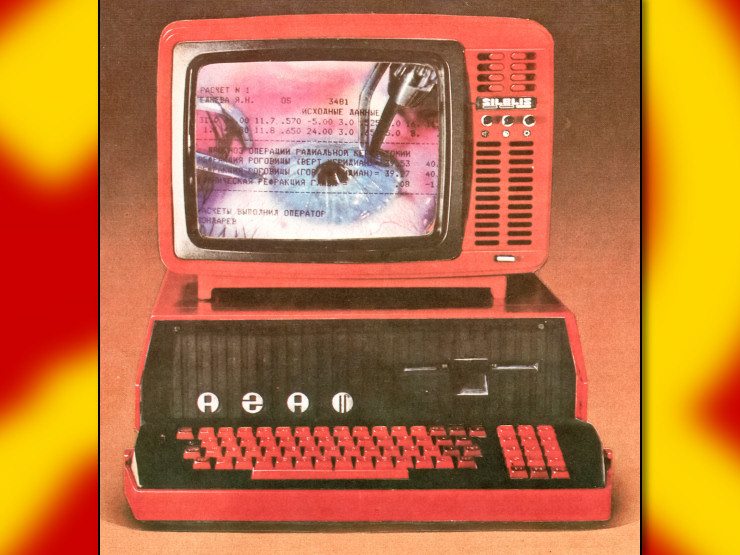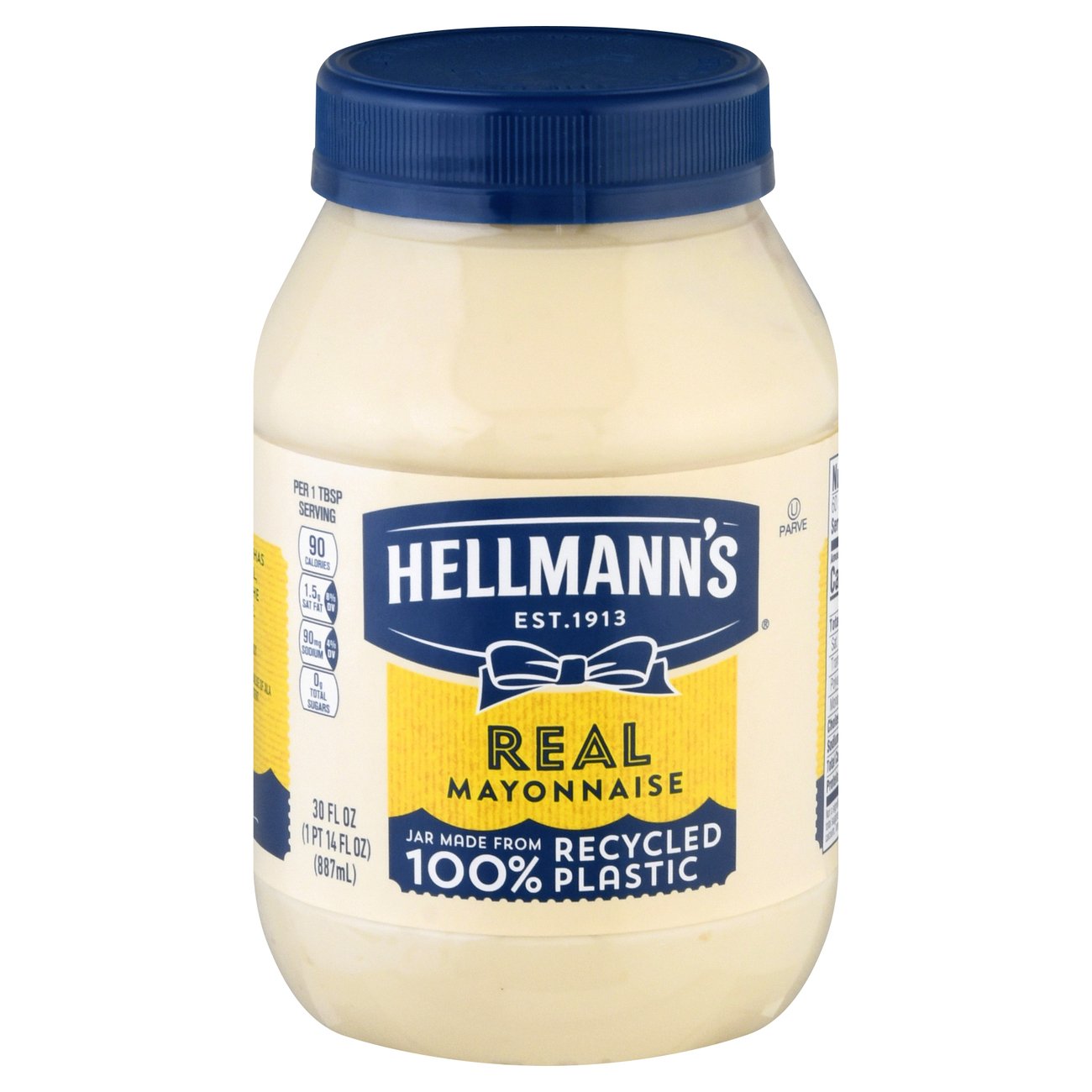Fedora, it fucking slaps and worked right out of the box. I'm using it for work and play on my main rig! I dual boot for some very specific hardware things that are not normal, but other than that it's been seamless! When I booted into Windows 10 again, they auto installed copilot... Glad to be done with this crap.
Congratulations! In the years I've been using Linux it's only gotten better and Windows worse.
This is the year of Linux on desktop
Of course Tom Bombadil uses Linux in his cute little cottage.
In an ideal state the more flatpaks you use the more efficient it is per flatpak. If you download one flatpak you also need the runtimes for it. If you download 10 flatpaks and they all share the runtime then the cost of having the runtime isn't so high, comparatively.
But as it turns out, some flatpaks don't update in sync with others and now you have multiple runtime flatpaks. If you use Nvidia drivers now you have the Nvidia driver installed twice on your system: the main install and the flatpak version of it. Ditto for Mesa. Stupid things like that.
I still use Flatpaks, though.
Nvidia drivers now you have the Nvidia driver installed twice on your system
Hopefully this problem goes away once NVK formally drops and people don't have to install a big huge blob on their machines anymore.

Joke's on me! I have a pre-Turing Nvidia GPU which doesn't have open source module support. What I know for sure is that I'm not buying Nvidia again.
yeah, its not like you need 2TB of ssd for flatpaks but they can eat up a big chunk of storage it you have say, <250 gb, or more if you actually have a lot of files to store too. And they can sometimes have permissions hiccups/headaches too. I tend to like them better than the alternative (snap or appimage) but across several distros I've noticed that native rpm/deb/etc packages usually have more care put into the fit and finish/quality of life aspects by the maintainer
The impression I got from dabbling in fedora is that they highly push the flatpacks/snaps. I don't think the distro is very interested in having a centralized repo in the same way as debian or arch which are the two flavors I'm more framiliar with. They prefer this "immutable" model; it is a different thing. I didn't get it. But their repos are sparse, the GUI package manager is trash. I gave up due in main part to having to constantly install outside the package manager.
However that problem is highly contingent on my own use cases. If someone doesn't happen to need a lot of software which is missing in the system package manager, then it is not a problem for them. If it works, it works.
Ignoring all my ramblings too, welcome to linux!
"immutable" model
It's not called immutable but instead "atomic" where the system is based on OCI image containers where upgrades take you from image A -> B and not updating individual packages.
But their repos are sparse
Compared to Arch or Nix yeah but it can easily be extended with COPRs and RPMFusion.
GUI package manager is trash
Not their fault lol, you gotta take it up with GNOME Software/packagekit. I like KDE Discover though. The system package manager DNF4 is getting an upgrade next release which should make it significantly faster which was always a complaint with Fedora.
I gave up due in main part to having to constantly install outside the package manager.
I solve this problem by installing Nix on top of Fedora, you can also install Nix (and then home-manager) on most Linux distros and it's a great way to get packages you want without polluting your system. It's honestly a better solution than trying to hunt for a native rpm/deb package. You could also install homebrew if you prefer that or distrobox.
I really like Fedora's 6 month release cycle (always stays on the ball with new features and changes) while not enforcing their view of the desktop (Ubuntu's snap model) on its users.
all the factual corrections here i think are correct; i didn't look anything up was just going from memory.
but
Not their fault lol
idk who is forcing them to use it without fixing for years? seems like they could have agency if they wanted to. good someone is improving it. speed is one thing. also configuration options, keyboard shortcuts, and not crashing 1/3 of the time would be good. but I'm done with fedora I gave it an honest try. lots of people like it so there must be something to it, just not for me. which is part of what's great for linux--- you don't have to suffer other people's tastes.
Nix on top of Fedora
well if it works for you then it works. sounds kind of elaborate for a beginner. i think nix is absolutely perfect for certain users; i might end up there one day. (after i learn emacs.)
now that you remind me, i think distrobox is actually their recommended method. i got bored/lost in the documentation of that and didn't get it functional. tho i understand it works well once you get the hang of it. then you have unlimited possibilities.
They prefer this "immutable" model; it is a different thing
This is only true in Fedora Silverblue (Gnome) or Kinoite (KDE). There is no immutability component to a normal installation of Fedora.
Thanks!! I tried Debian, but after a day of trying to troubleshoot why it wouldn't launch... my hardware was too new LMAO!
Yeah, took me forever to figure out. Went with Debian because stability sounded really good but I didn't know anything about the kennel issue. My rig is rated as "UFO" level on one of those online benchmarking sites lol.







Someone asked me to help them set up a bluetooth device on windows today and I couldn't even work the start menu. It sucks so bad. Linux causes some problems sometimes, but overall it spoils you.
speaking as a person who only ever used node on their free time, i've done it it on linux and mac and it's always a pain in the ass. i try to avoid it. can't image how bad it is on windows.
never used WSL
Me too. I chose Endeavour OS (arch btw). Basically off the meme...and coz it seemed pretty bare bones and a good way to learn.
The only app Linux dosent have is a local sync for box.com (similar to dropbox). But it's a service I need to move away from anyway.
Truly is the year for Linux as someone said.
for file backup I really like borg/vorta using either borgbase or rsync.net as the provider. Or if the idea is more just sync across devices, maybe nextcloud or something, though its pretty heavy if you're just using it for one service. Or rsync.net sans the borg part
For file synchronization (not backup, at least not without a bunch more steps) I use SyncThing. It's local, and can be configured to not connect or communicate with any remote service. It keeps a directory on my laptop and desktop in sync whenever they come into the same network.
I knew there was a big one I was forgetting! Never used it but hear good things all the time
I use syncthing to sync files between devices. But I also like to store less uswd files (along with the rest) in the cloud.
looks like rclone supports box.com! I never used it for that but rclone is a real gem; give it a shot. You might need to set some time aside to RTFM but it's time well spent because it has such wide compatibility and works basically the same way for all the services. once you know it, you know it.
might not suit your use case but if you are looking for a free file sync service to get away from box.com, disroot.org has a nextcloud instance among various other services. i have used them on and off for years. nextcloud uses webdav.
Strongly seconding rclone. It's an amazing tool for turning the usual crap-security crap-privacy cloud storage into genuinely useful offsite storage.
If I've done it, it may actually be the year of the Linux desktop. I've tried to do it for about 15 years off and on.
Exact same boat. Normally it's install, mess around, break something/something dosnt work, back to windows.
This time I was able to do what I wanted, install Android APKs, change kernal, change boot order, and even write a short script to keep cotrix awake.
Hell yeah

Just FYI, if you have issues with video playback, you may need to install RPM Fusion and its multimedia codecs
You could just follow the installation steps again. It shouldn't hurt anything even if everything is already installed.
Well done!
 Don't be afraid to ask for advice if anything should arise
Don't be afraid to ask for advice if anything should ariseI found linuxjourney helpful for these things and it definitely provides a nice refresher. That site didn't exist when I started, so I can't say if it is helpful for learning these things the first time. I mostly used a thick book and relied on
man-pages, but having more stream-lined resources is definitely more satisfying.
Congrats, Fedora is a great choice to start with, it's well known as the "I just want things to work with minimal faffing" choice. You may want to have it installed on a separate drive rather than dual booting off the same drive if that's what you're doing, Windows likes to update and break grub.
Already on a dual drive!

Picked up a third slower and smaller one to migrate windows to so I'll have 4tb on my main drive.
I have been doing fedora/windows dual boot for a while too but I got sick of having to switch, so I'm switching to separate boxes once I get space and quarantining the windows off on its own
If I may ask, what specific hardware?
For my use case with proprietary hardware I use USB Passthrough with QEMU (Virt-Manager)
Anker webcam, rgb lighting, a handful of stubborn games (pirated) on the software side. I need to learn new photo editing software too, so I may have to pop in for Adobe here and there. Other cases may arise. I've used QEMU on my proxmox server, but I don't really know what I'm doing with it.

For games you can use Lutris and/or heroic with WINE and Proton.
RGB stuff you can use OpenRGB.
The Anker webcam doesn't work with your Linux install? What model?
I hear Gimp is getting a big update here in the near future. Not sure your use case. I don't do much photo editing anymore.
Virt-Manager is straight forward, and is a GUI that can work with QEMU.
Hope this helps :)
Thanks!!
The Anker webcam doesn't work with your Linux install? What model?
It works just fine, but I can't change the hardware settings like FOV, focus, white balance, etc.
Darktable is a rather capable alternative to Lightroom
For photo editing, Gimp is about the same as Photoshop from 10 years ago.
For digital painting, Krita is good. I'm not a digital painter so I can't say how good.
For vector and design stuff, Inkscape is better than Illustrator. It's really good. (Except every non-Linux build of it I've used has been weirdly unstable.)
I've switched over to Krita from CS6, haven't done anything super complicated yet but so far I've loved the UI/UX and haven't found anything missing (unless you need stuff like built-in pantone colors)
Post the output of your lsusb. I bet the camera and lights aren’t hard.
I don't think that'll help, the main thing is that the software isn't available for the Anker camera on Linux, I looked around and there wasn't a fix that people found. But getting on the windows app to change the settings makes them stick accross platforms. I just bought a cheap SSD to migrate windows to. There's also the weird random errors that I've gotten in the past and one just happened - played a game with my gamepad and suddenly the whole system decided to sleep... I'll figure it out over time, but I need a fallback in case things go south, I need my computer to make a living.
Oh you’re tied to ankerwork huh?
I had a similar situation a while ago. Added some ram to the workstation and ran the software in a qemu vm. You can pass through the device directly to the virtual windows install. I did it with an industrial cnc mill before it had complete Linux support.
Teach me your ways great sage! You speak a language I only vaguely understand. My system has plenty of power to run a VM on the side.
Qemu is the virtualization software on the backend. When you have a problem you can look it up like that and find lots of help. Virt-manager is the front end you can control it with.
Once you made a vm profile or whatever, there’s an option way down at the bottom in virt-manager that lets you pick devices to directly pass on to the virtualized system.
The only thing I’d suggest is making sure you have enough ram to block out some decent amount for your windows vm. Ten “will” boot up with just two gigs but I ended up allocating eight to it so it could actually run updates and function.


















